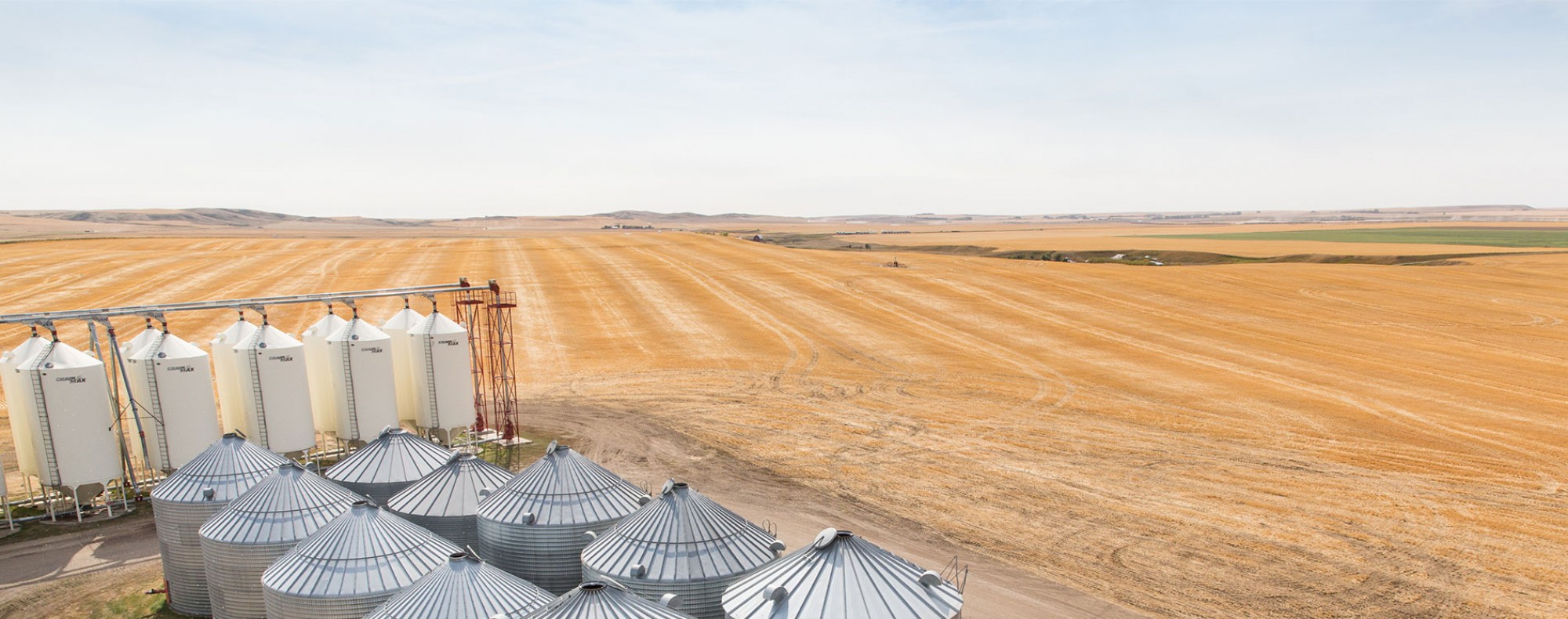Increasing grain yield in CWRS wheat while maintaining grain protein levels and baking quality?????
Pierre Hucl, University of Saskatchewan
Start Date: December 15, 2020
End Date: December 15, 2023
AWC’s funding: $14,353
Genetic improvement in grain yield is a major breeding goal in bread wheat. Selecting for grain yield is complicated by genotype-by-environment interaction and the quantitative inheritance of the trait. In the CWRS wheat class, annual grain yield genetic gain of 0.75%, which represents 23 kg ha-1 yr-1, has been recently reported (Hucl et al., 2015). Although these genetic improvements represent significant grain yield progress, they are limited by very stringent high-protein requirements set for the market class. Currently, the tolerance for grain and flour protein deviation below the mean of the check cultivars is, on average, of 0.3% units over three years of testing. As a result, higher-yielding lines that do not meet the minimum protein requirements are eliminated every year due to high selection pressure. Therefore, simultaneous selection for grain yield and protein content is a major challenge in CWRS wheat breeding programs. Similar to grain yield, protein content and baking quality are complex traits influenced by genetic, environmental and management factors. In recent years, the effect of numerous protein and baking-related genetic factors has been studied. Particularly, genes such as Glu-B1 Bx7OE , Gpc-B1 and active Glu-A1Ay subunit seem to be promising, since they have been associated with improvements in grain protein content as well as in baking quality parameters, without any apparent negative effects on grain yield (Uauy et al., 2006; Roy et al., 2019). Furthermore, the inclusion of these genes has been shown to have additional benefits such as balanced dough properties, increased mineral levels, and improved stripe rust resistance (as a result of genetic linkage). The High Molecular Weight (HMW) glutenin Glu-B1 Bx7OE subunit is present in several CWRS Canadian cultivars while the presence of Gpc-B1 and Glu-A1Ay is limited or likely absent, respectively. In the light of these factors, the combination of the mentioned alleles in an adapted elite genetic background could be a possible alternative to break down the negative association between grain yield and grain protein content, allowing simultaneous improvement of both traits. However, a structured study of single and combined effects of such genes and their possible interactions on CWRS germplasm are required. The benchmark information that will be generated by this project will address the feasibility of achieving simultaneous genetic improvement in grain yield and baking quality-related traits in order to develop more resource-use efficient varieties.
